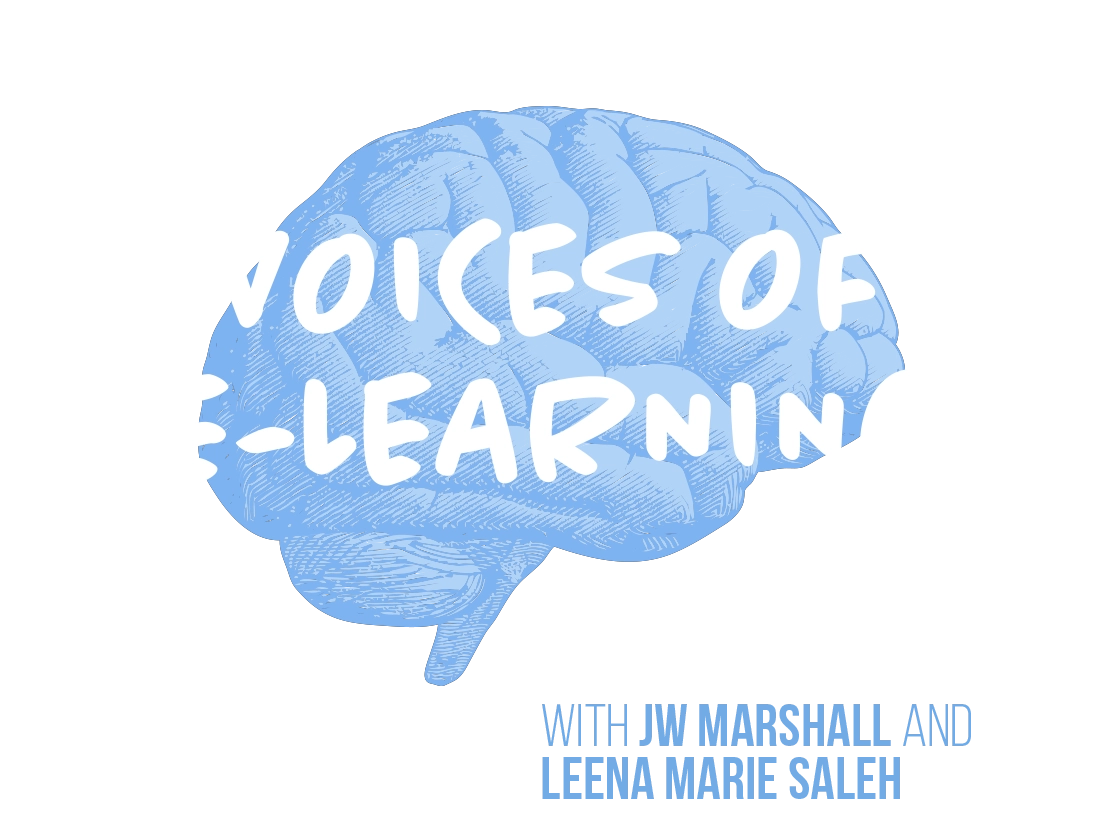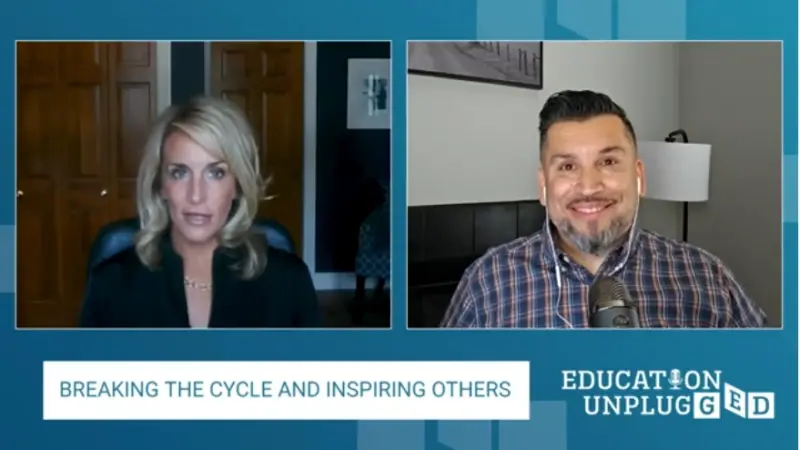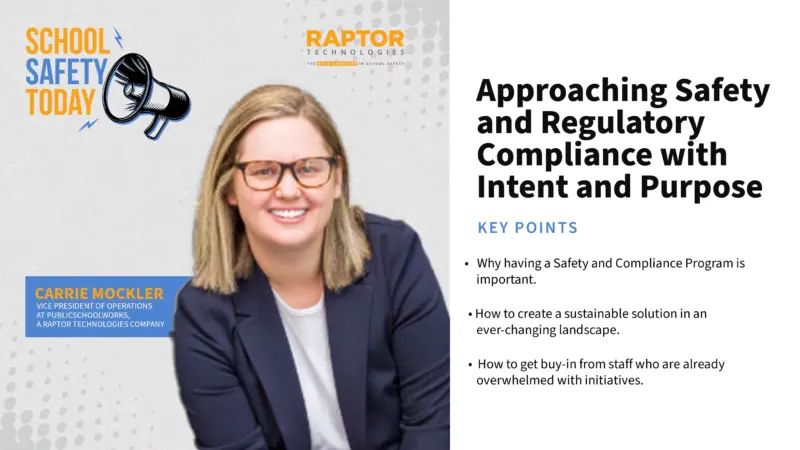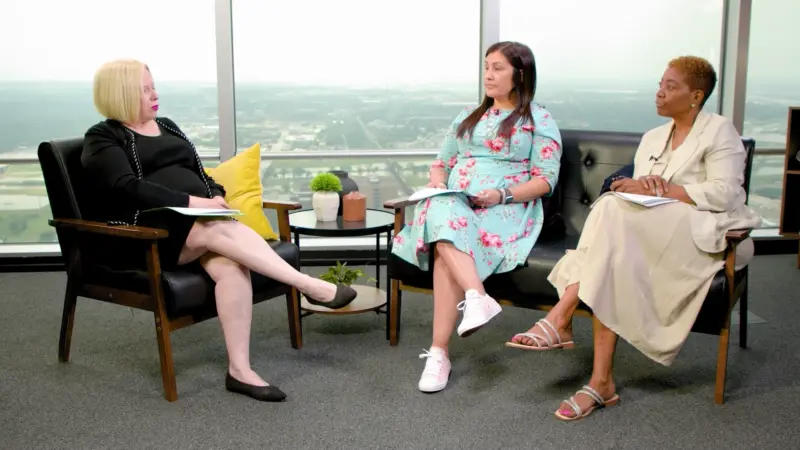How the Pandemic Has Changed the Need for Classroom Audio
Celebrating the leaders and experts that are powering education into the future, host JW Marshall sets out to ask the “right questions” in EdTech to understand the changes in policy and technology that will power our universities, tradeschools, and companies – and drive growth in upskilling certifications.
On this episode of Voices of eLearning, Host JW Marshall talked with Mark Jones, Vice President of Sales at Frontrow, a company that develops network-based solutions for intercom, paging, bells, mass notification, classroom sound, lesson sharing, AV control, and management. The duo talked about Jones’s career and the importance of classroom audio.
When you think of classroom audio, you might think of the intercom systems that use to blast the Pledge of Allegiance and the morning announcements. But, these systems have become more technologically advanced and more robust. It is still the system that amplifies the teacher’s voice, but it is also all the multimedia in a classroom.
“Evidence shows that kids in amplified classrooms, versus kids not, benefit greatly from being able to hear well.” – Mark Jones
“It is all the curriculum that’s a little bit more interactive,” Jones said. “We’re using lots of technology to make construction better and engage students in a new way. The classroom audio, the sound part of it, is just a key function.”
A self-proclaimed AV nerd, Jones has been working in classroom audio for over 20 years. Around this time, studies came out about classroom audio. Putting a microphone on a teacher is not about making them loud, but distributing their voice clearly so that all students get the spoken instruction. Sometimes kids might have hearing issues, or they have shorter attention spans.
“Evidence shows that kids in amplified classrooms, versus kids not, benefit greatly from being able to hear well,” Jones said.
Teachers often get vocal fatigued from speaking to classrooms all day, having to broadcast over ambient noise, as well as the distance between teacher and students. The simple act of wearing a microphone can improve this aspect of the job, according to Jones.
Listen to Previous Episodes Here!
Follow us on social media for the latest updates in B2B!
Twitter – @MarketScale
Facebook – facebook.com/marketscale
LinkedIn – linkedin.com/company/marketscale



